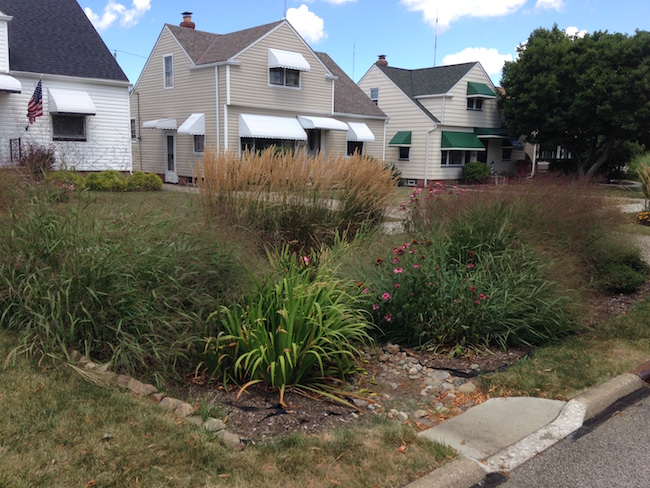2015 in review (with pictures)
2015 was an incredible year of scientific adventures for the Watershed Hydrology lab. Here are some of our highlights:
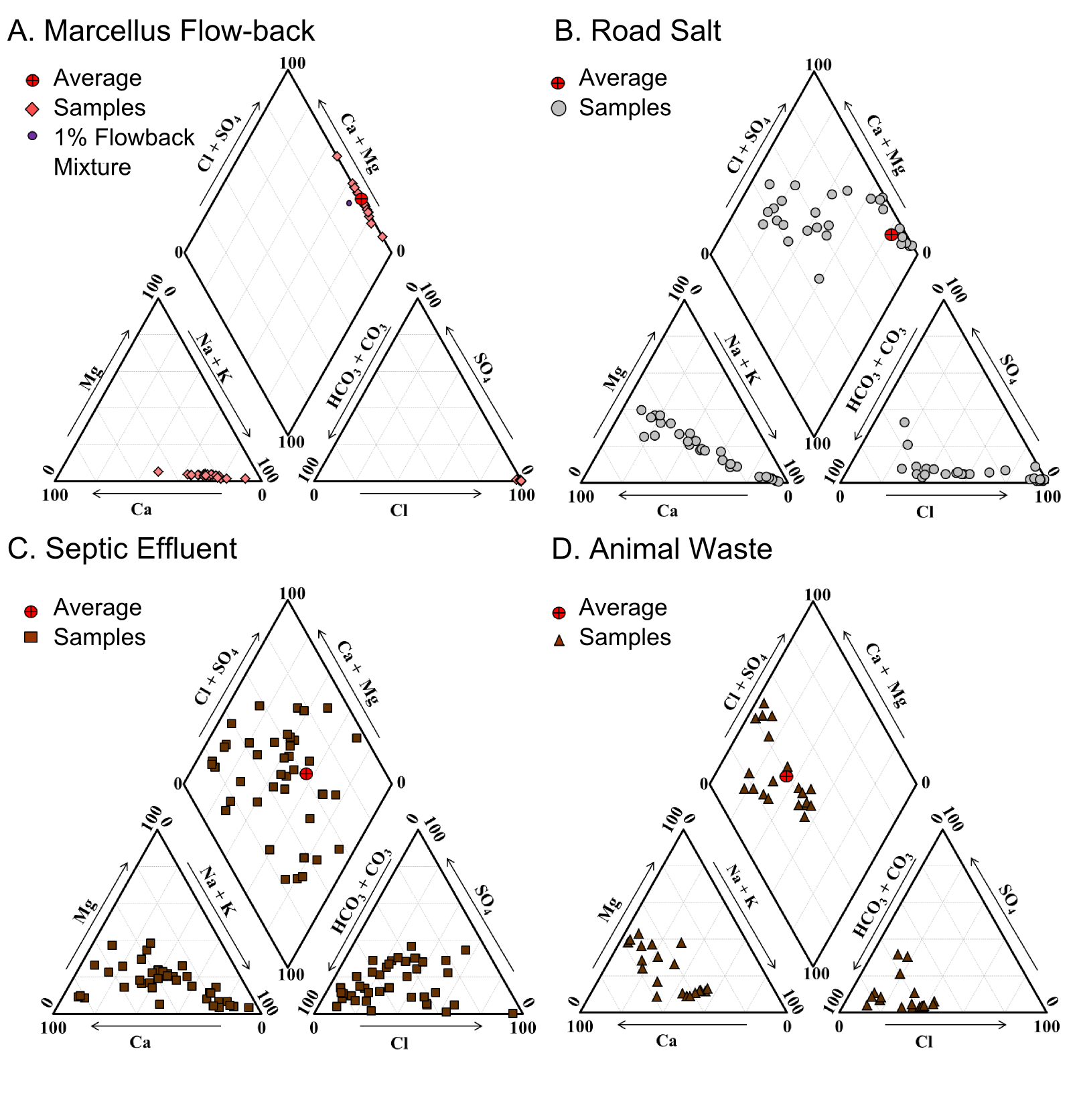
Figure 3 from Reilly, D., Singer, D., Jefferson, A., and Eckstein, Y., 2015. Identification of Local Groundwater Pollution in Northeastern Pennsylvania: Marcellus Flow-back or Not?, Environmental Earth Sciences, 73(12): 8097-8109. doi:10.1007/s12665-014-3968-0.
These Piper diagrams show the geochemistry of flowback water from fracking operations in the Marcellus shale of Pennsylvania, relative to literature values of groundwater contaminated with road salt, septic waste, and animal manure. The information on these Piper diagrams, along with other geochemical analyses, were used to assess whether alleged contamination of rural, residential well water in northeastern Pennslyvania was likely to be due to the extensive shale gas development occurring in the area. Based on major and trace ion water chemistry, Anne and her coauthors found no evidence of flowback fluid in the tested residential wells. While this work was not definitive proof that flowback contamination is entirely absent, it was a good reminder that contamination of rural, residential wellwater is much more likely to come from leaky septic systems and other less exotic sources.
Figure 3 from Reilly, D., Singer, D., Jefferson, A., and Eckstein, Y., 2015. Identification of Local Groundwater Pollution in Northeastern Pennsylvania: Marcellus Flow-back or Not?, Environmental Earth Sciences, 73(12): 8097-8109. doi:10.1007/s12665-014-3968-0
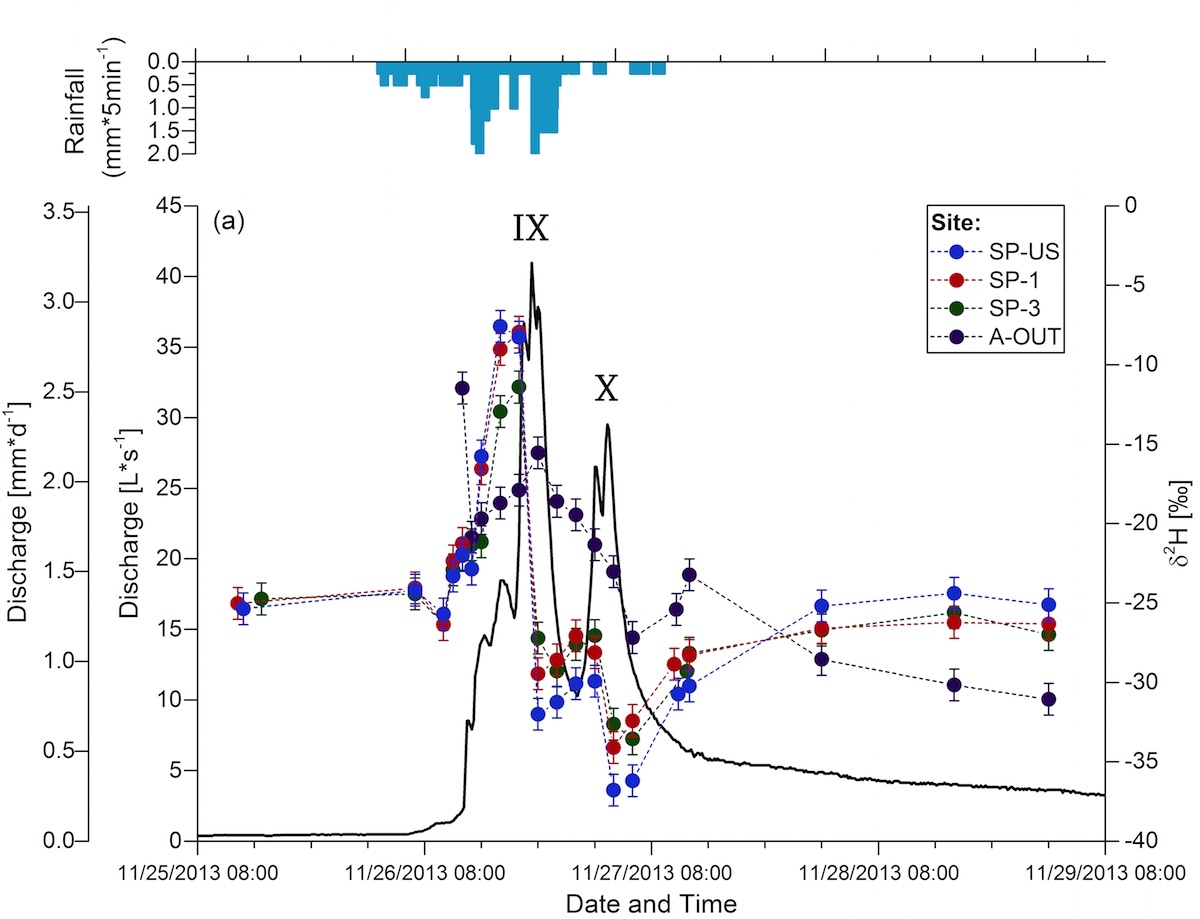
Figure 7a from Jefferson, A., Bell, C., Clinton, S., and McMillan, S. 2015. Application of isotope hydrograph separation to understand urban stormwater dynamics, Hydrological Processes, 29(25): 5290-5306. doi: 10.1002/hyp.10680.
This year I was pleased to find a way to merge her interests in urban hydrology and using water stable isotopes as tools in hydrology. We published a paper that shows that stormwater detention ponds produce distinctive isotopic signatures that can be used to trace the influence of stormwater on the receiving urban streams. Using a two end-member mixing model, my team showed that a stormwater pond in suburban Charlotte, North Carolina had an outsized contribution to streamflow during hydrograph recession periods, thanks to the temporary storage and slow release of water from the pond. For more on this project, you can read the paper or take a look at slides from the talk I gave at the Geological Society of America meeting in November.

Figure 4 from Jarden, K.M., Jefferson, A., and Grieser, J.M. 2015. Assessing the effects of catchment-scale green infrastructure retrofits on hydrograph characteristics. Hydrological Processes, online ahead of print. doi: 10.1002/hyp.10736.
Rain gardens and their fancier cousins, bioretention cells, are popping up all over the urban landscape. But how well do they work? Engineers have done an excellent job designing and testing them at the site scale, but few studies have been able to test their effectiveness at larger scales. What happens when a bunch of rain gardens and bioretention cells are added to a neighborhood? Do they make a significant difference in the stormwater runoff entering the local stream? Thanks to a brilliant study design by Cleveland Metroparks, Anne and graduate student Kimm Jarden were able to answer this question with a resounding “Yes, but…” Their paired watershed study showed that the green infrastructure retrofits can very effective at reducing peak and total stormflow, but that seemingly small differences in design and construction can have big ramifications for performance at the neighborhood scale.
This research was highlighted in a press release issued by Kent State in mid-November and was featured in several local news articles.
Bioretention cells, like the one pictured, are designed to capture stormwater runoff and infiltrate it into the ground. Plants use and evapotranspire some of the infiltrated water. In some designs, the infiltrated water moves deeper and recharges groundwater, while in other designs, a perforated underdrain at the bottom of the bioretention cell eventually delivers the water to the storm sewer system – ideally, after the storm has passed.
The picture above is one of the bioretention cells Anne and her collaborators studied in the project above. This bioretention cell has an underdrain, so it probably wasn’t super-helpful at reducing total runoff volumes, but did delay water entering the storm sewer system and receiving stream.

Freeze core skillfully collected by graduate student Stuart Baker from a restored stream. Photo by S. Baker.
On Thursday at the American Geophysical Union meeting, graduate student Stuart Baker gave a talk presenting results of his in-progress M.S. thesis research. Stuart’s research examines how subsurface properties of streambeds change in the months and years following stream restoration. Stuart employed a high density array of piezometers to make repeated hydraulic conductivity and head measurements in two streams. At the end of his field work, he extracted freeze cores (“gravel popsicles”) to see if areas near the head of constructed riffles had measurable differences in sediment size and geochemistry relative to riffle tails or pool positions.
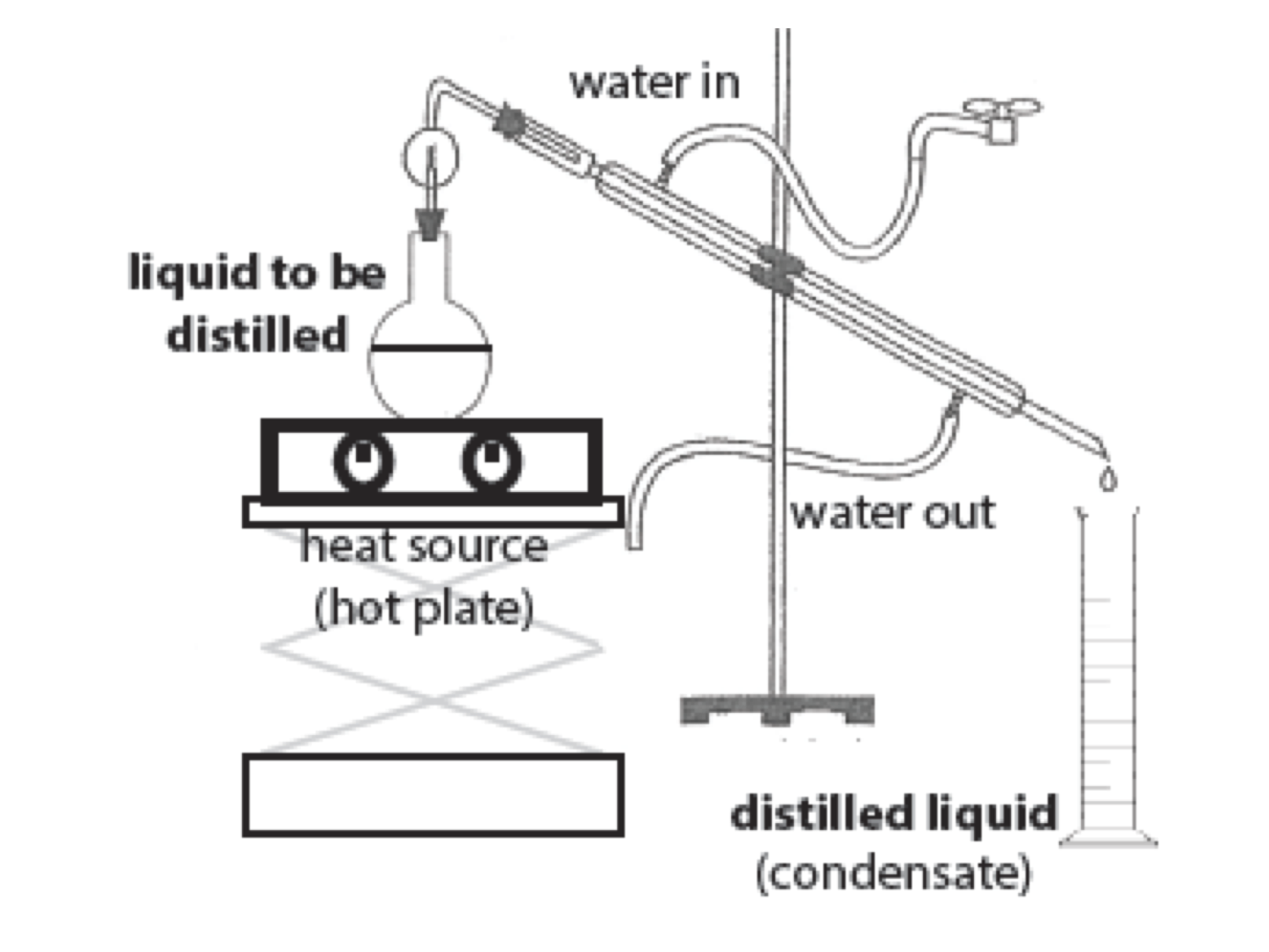
The experimental set up from: Griffith, E., Ortiz, J. and Jefferson, A. 2015. HANDS-ON OCEANOGRAPHY. Mimicking the Rayleigh Isotope Effect in the Ocean. Oceanography. 28 (4). http://www.tos.org/oceanography/archive/28-4_griffith.html
As part of an NSF-funded project aiming to devise and test methods for improving stable isotope content understanding amongst geoscience undergraduates, my collaborators (with a little help from me) developed a lab module on Rayleigh distillation. This module can be used in an environmental geochemistry class or oceanography class, and is adaptable into a variety of formats (with or without isotope instrumentation, or even just as a data analysis exercise). We’ve written it up so that others can adopt or adapt the technique, and our paper is appeared in the December 2015 issue of Oceanography. The paper and affiliated files (which are open access) have everything you need to use the exercise in your classroom.
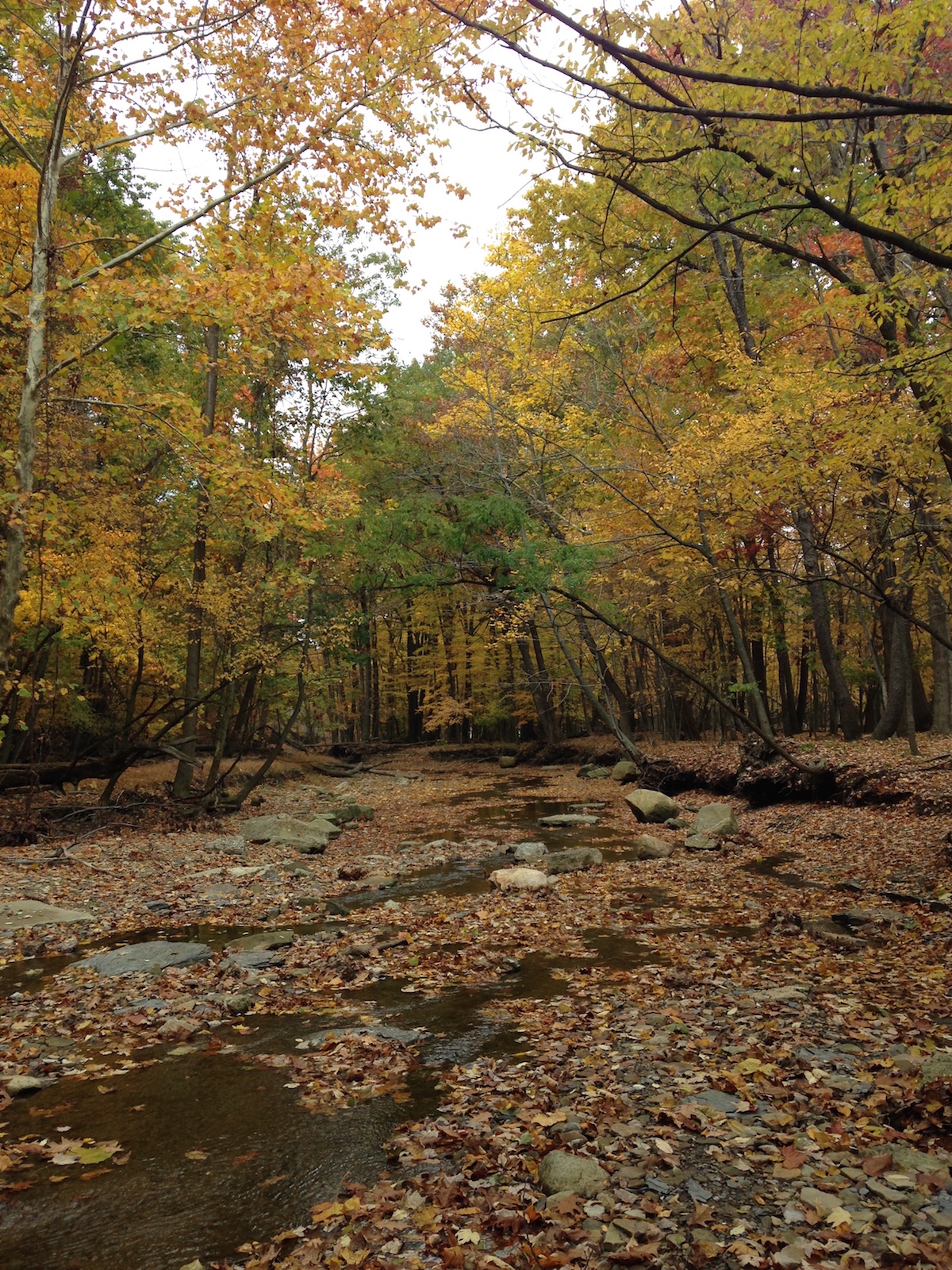
West Creek, October 2015. Photo by A. Jefferson
The West Creek watershed has been a major focus of our research for the past 3 years, because it is (a) emblematic of the problems facing urban streams; (b) a place where a lot of effort is being put into managing stormwater; and (c) one of the most beautiful urban streams I have ever seen. This shot of West Creek in Parma, Ohio, was taken on October 24th, when the Watershed Hydrology class field trip visited the stream and nearby Cleveland Metroparks Watershed Stewardship Center.
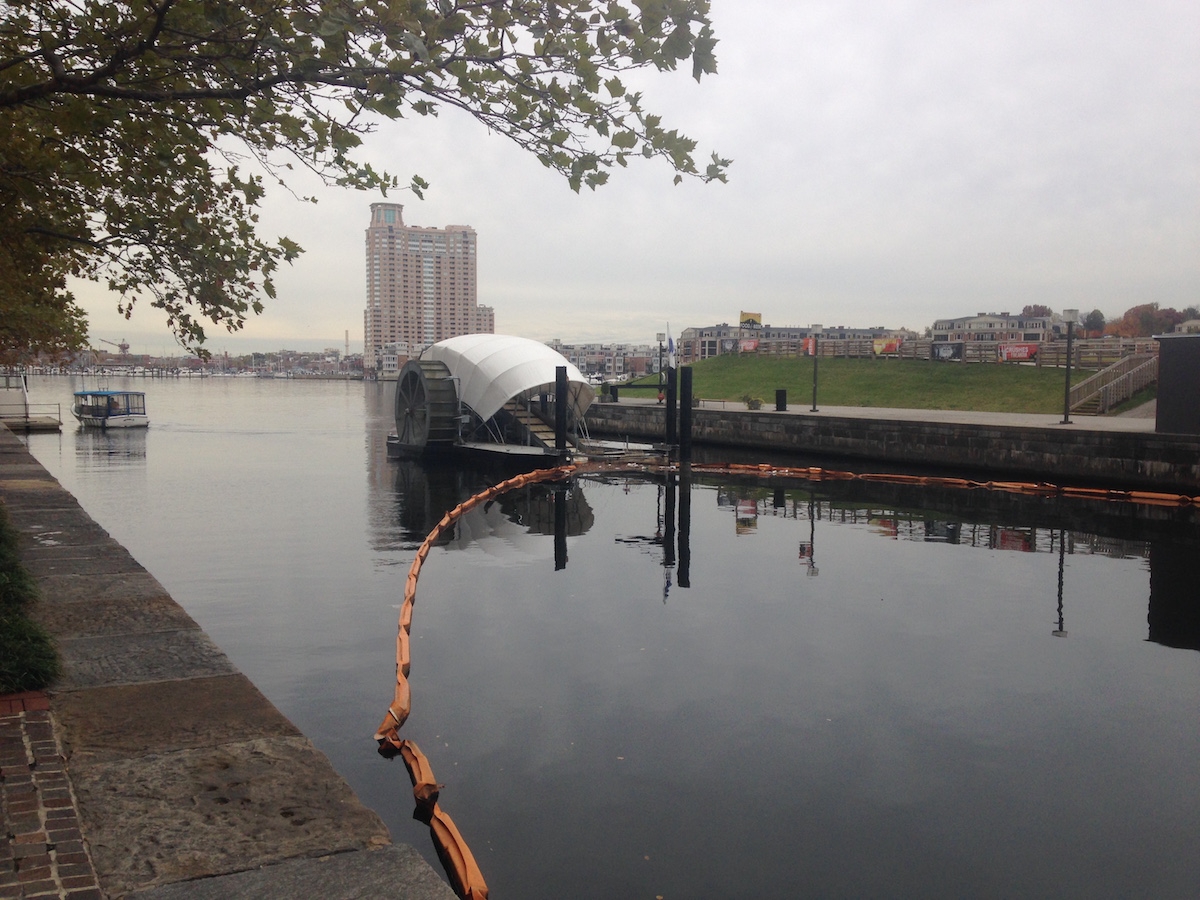
An innovative cleanup effort in Baltimore’s urban waterways. Photo by A. Jefferson, November 2015.
At the Geological Society of America annual meeting in Baltimore, I sought out a fantastic example of an innovative and successful approach to improving urban water quality. The Inner Harbor Water Wheel, affectionately known as Mr. Trash Wheel, is moored at the mouth of Jones Falls, an ultra-urban stream that drains much of the City of Baltimore. Floating rubbish is diverted to Mr. Trash Wheel by booms that span the stream, and the stream’s current powers rakes and a conveyor belt that lift the trash out of the water and deposit it into a dumpster barge. Solar panels power the operation when the stream’s velocity is insufficient to power the water wheel. Thousands of pounds of trash can be removed from the stream per day. As an added bonus, Mr. Trash Wheel has a charismatic Twitter account. Read more about the water wheel at Southern Fried Science and help fund a second one.
I can’t resist the terrible pun about my work taking me to new heights in 2015. I have a new project monitoring five pieces of green infrastructure at Cleveland Metroparks’ Watershed Stewardship Center, and I’m having a blast learning the ins and outs of this particular site’s green roof, bioretention cells, enhanced swale, and constructed wetland. I have two new graduate students and two fantastic collaborators working with me on the project, and I’m anticipating the arrival of a postdoctoral scholar soon. I think it’s safe to say that my urban hydrology research looks set to soar in 2016.

